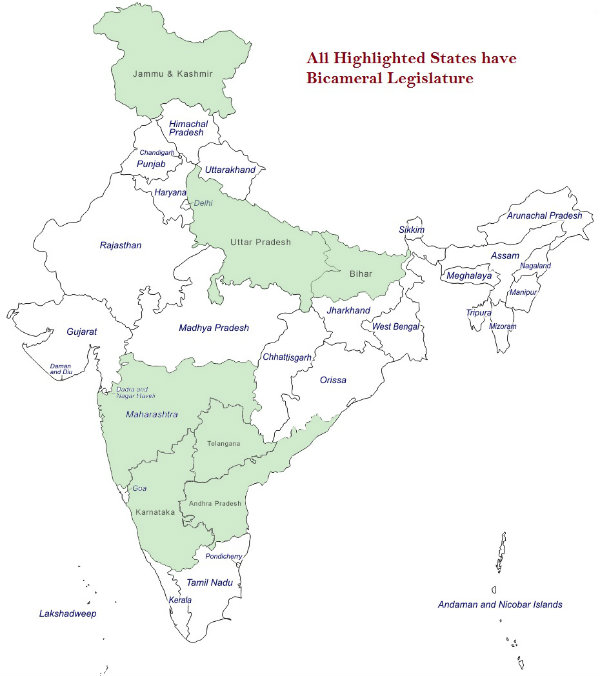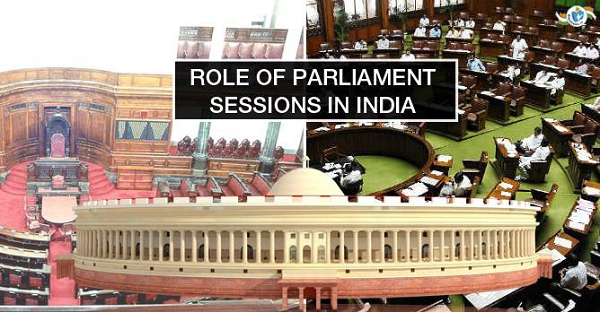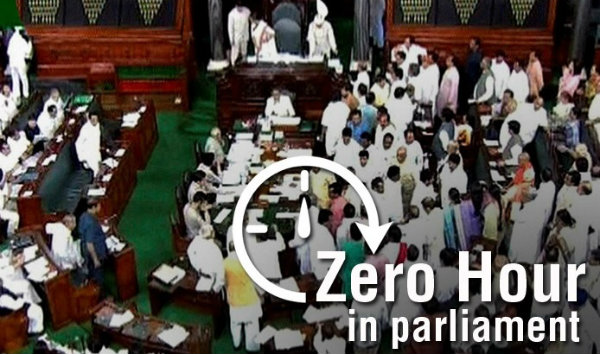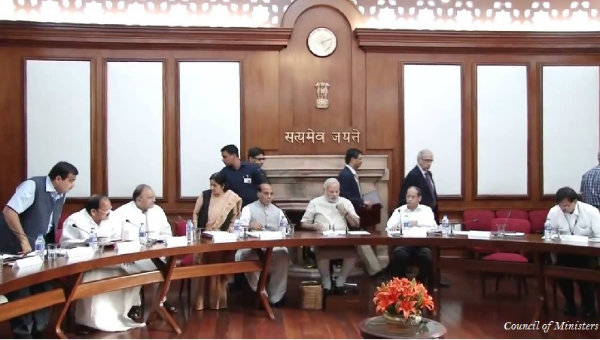
- Indian Polity Tutorial
- Indian Polity - Home
- Indian Polity - Introduction
- Indian Polity - Constitution Formation
- Indian Polity - Constitution Features
- Guiding Values of the Constitution
- Indian Polity - Sources of Constitution
- Polity - How the Constitution Works
- Indian Polity - Union & Its Territory
- Indian Polity - Citizenship
- Indian Polity - Fundamental Rights
- Indian Polity - Directive Principles
- Indian Polity - Fundamental Duties
- Indian Polity - Union Executive
- Indian Polity - Union Legislature
- Indian Polity - Local Government
- Indian Polity - Judiciary
- Indian Polity - Federal System
- Indian Polity - Center State Relation
- Indian Polity - Emergency Provision
- Indian Polity - Elections System
- Indian Polity - Political Parties
- Constitutional Amendments
- Indian - Constitutional Schedules
- Indian Polity - Separation of Powers
- Indian Polity - Parts of Constitution
- Polity - International Organizations
- Indian Polity - Environment & Politics
- Indian Polity - Globalization
- Indian Polity - Popular Movements
- Indian Polity - Foreign Policy
- Indian Polity Useful Resources
- Indian Polity - Online Quiz
- Indian Polity - Online Test
- Indian Polity - Quick Guide
- Indian Polity - Useful Resources
- Indian Polity - Discussion
Indian Polity - Union Legislature
Introduction
The Union Legislature of India is not only the lawmaking body, but the center of all democratic political process.
The Parliament is the central legislature and the legislature of the state is known as ‘State Legislature.’
The Parliament of India is bicameral (i.e. consists of two houses) namely Rajya Sabha (the Council of States) and Lok Sabha (the House of the People).
Indian states also have the option to have either bicameral or unicameral; however, at present, there are seven states (shown in the map given below), which have bicameral legislature namely −
- Jammu & Kashmir,
- Uttar Pradesh,
- Bihar,
- Maharashtra,
- Karnataka,
- Andhra Pradesh, and
- Telangana.

Rajya Sabha
The Rajya Sabha is an indirectly elected body and represents the States of India.
The elected members of State Legislative Assembly elect the members of Rajya Sabha.
In the U.S.A, every state has equal representation in the Senate irrespective of size and population of the states, but in India, it is not the same.
In India, states with larger size of population get more representatives than states with smaller population. For example, Uttar Pradesh (the most populated state) sends 31 members to Rajya Sabha; on the other hand, Sikkim (the least populated state) sends only one member to Rajya Sabha.
The number of members to be elected from each State has been fixed by the fourth schedule of the Constitution.
Members of the Rajya Sabha are elected for a term of six years and then they can be re-elected.
Members of Rajya Sabha are elected in such a manner that they do not complete their tenure altogether; rather after every two years, one-third member complete their term and elections are held for those one-third seats only.
Likewise, the Rajya Sabha never gets fully dissolved and hence, it is known as the permanent House of the Parliament.
Apart from the elected members, the President appoints 12 members from the fields of literature, science, art, and social service.
Lok Sabha
The members of Lok Sabha and the State Legislative Assemblies are directly elected by the people for the period of five years.
However, before the completion of tenure, if the Lok Sabha is dissolved (no party forms government with majority), a fresh election will be conducted again.
Functions of the Parliament
The Parliament has legislative (law making) and financial functions (money bill and budgetary function); besides, it also controls the Executive and ensures its accountability.

The Parliament is the highest forum of debate in the country and hence, there is no limitation on its power of discussion.
The Parliament has the power of discussing and enacting changes to the Constitution (i.e. amendment power).
The Parliament also performs some electoral functions, as it elects the President and the Vice President of India.
The Parliament has also judicial functions, as it considers and decides the proposals for the removal of President, Vice-President, and Judges of the Supreme Court and High Courts.
Following are the some distinct powers of Lok Sabha and Rajya Sabha −
Lok Sabha makes ‘Laws’ on matters included in Union List and Concurrent List and can introduce and enact money and non-money bills.
Rajya Sabha considers and approves non-money bills and suggests amendments to money bills.
Lok Sabha approves proposals for taxation, budgets, and annual financial statements.
Rajya Sabha approves constitutional amendments.
Lok Sabha establishes committees and commissions and considers their reports.
Rajya Sabha can give the Union parliament power to make laws on matters included in the State list.
Special Powers of Rajya Sabha
Rajya Sabha has some special powers. If the Union Parliament wishes to remove a matter from the State list (over which only the State Legislature can make law) to either the Union List or Concurrent List in the interest of the nation, the approval of the Rajya Sabha is essential.
Special Powers of Lok Sabha
Regarding Money Bills, the Lok Sabha has the exclusive power and hence, the Rajya Sabha cannot initiate, reject, or amend money bills.
Amendment/s made by the Rajya Sabha to the Money Bill may or may not be accepted by the Lok Sabha.
Bills
A bill proposed by a minister is described as Government Bill; however, if a bill proposed by a non-minister member, it is known as private member’s Bill.
If there is disagreement between the two Houses on a proposed Bill, then it is resolved through the Joint Session of Parliament.
Regarding the Money Bill, if the Rajya Sabha does not take any action within 14 days, the bill is deemed to have been passed.
Other Facts
Zero Hour is a special part of Question Hour where the members are free to raise any matter that they think is important; however, the ministers are not bound to reply.

Deliberation and discussion, Approval or Refusal of laws, financial control, No confidence motion, are different instruments of Parliamentary control.
Standing Committees, Joint Parliamentary Committees, etc. are the important committees of the Parliament; their main functions are studying the demands for grants made by various ministries, looking into expenditure incurred by various departments, investigating cases of corruption, etc.
An amendment to the Constitution (52nd amendment act) was made in 1985, popularly known as an anti-defection amendment.
According to anti-defection amendment, there was an agreement among the parties that a legislator who is elected on one party’s ticket must be restricted from ‘defecting’ to another party.
The presiding officer of the House is the authority who can take the final decisions on all anti-defection cases.
If a member remains absent in the House when asked by the party leadership to be present or votes against the instructions of the party or voluntarily leaves the membership of the party, it is tantamount to defection.
Prime Minister and Council of Ministers
The Council of Ministers is one the most powerful political institutions in the country. Prime Minister is the head of the Council of Ministers (as well as the central government).
There is no direct election to the post of the Prime Minister (PM), but the Prime Minister is chosen normally from the elected MPs.
The Prime Minister is appointed by the President of India. The President appoints a person as Prime Minister who is the leader of the party having the majority in the Lok Sabha.

The Prime Minister continues in power for five-year term OR so long as he commands the majority party or coalition.
The President appoints other ministers on the advice of the Prime Minister.
The Prime Minister is free to choose his ministers from the members of Parliament.
A person who is not a Member of Parliament can also become a minister. But such a person has to get elected to one of the Houses of the Parliament within six months of appointment as minister.
All the Ministers collectively in a group are officially called as Council of Ministers; however, the Ministers have different ranks and portfolio.
The different categories of the ministers are −
Cabinet Ministers are the most experienced and top-level leaders of the ruling party. They usually hold the charge of the major ministries like Finance, Defense, Home, External Affairs, Food and Supply, etc. The decisions of the government are generally taken up in the meeting of the Cabinet Ministers headed by the Prime Minister. Thus the Cabinet is the core group of ministers within the Council of Ministers.
Ministers of State with independent charge usually hold independent charge of smaller Ministries. They generally do not participate in the Cabinet meetings but may participate when specially invited.
Ministers of State are generally appointed to assist Cabinet Ministers.